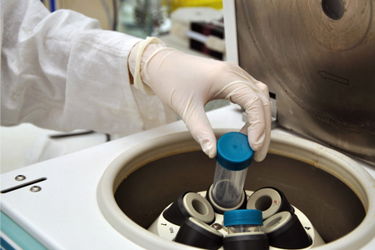How To Identify And Quantify AAV Fill States Using Analytical Ultra Centrifugation

Adeno-associated viruses (AAVs) are an increasingly common vector applied to gene therapy delivery. They are composed of a proteinaceous capsid encapsulating the therapeutic single-strand DNA genome. Purified AAVs are prepared as a variety capsid species and, to ensure the safety and efficacy of gene therapies, it is crucial to characterize and quantify those species.
While the industry has been successful in separating and identifying many of these species, it has been less adept in quantifying them due to shortcomings with legacy analytical ultracentrifugation (AUC) characterization instruments. Now, updated instrumentation from Beckman Coulter addresses these challenges by improving precision when switching wavelengths, enhancing data quality and enabling a more precise analysis of these gene-delivery vehicles.
It allows users to explicitly calculate the relative amounts of single-strand DNA genome to capsid in each resolvable species, overcoming limitations associated with techniques like SEC-MALS or CsCl density gradient SE-AUC analysis. Still, these latter techniques can be used to produce preliminary results or to confirm SV-AUC findings.
Get unlimited access to:
Enter your credentials below to log in. Not yet a member of Bioprocess Online? Subscribe today.
